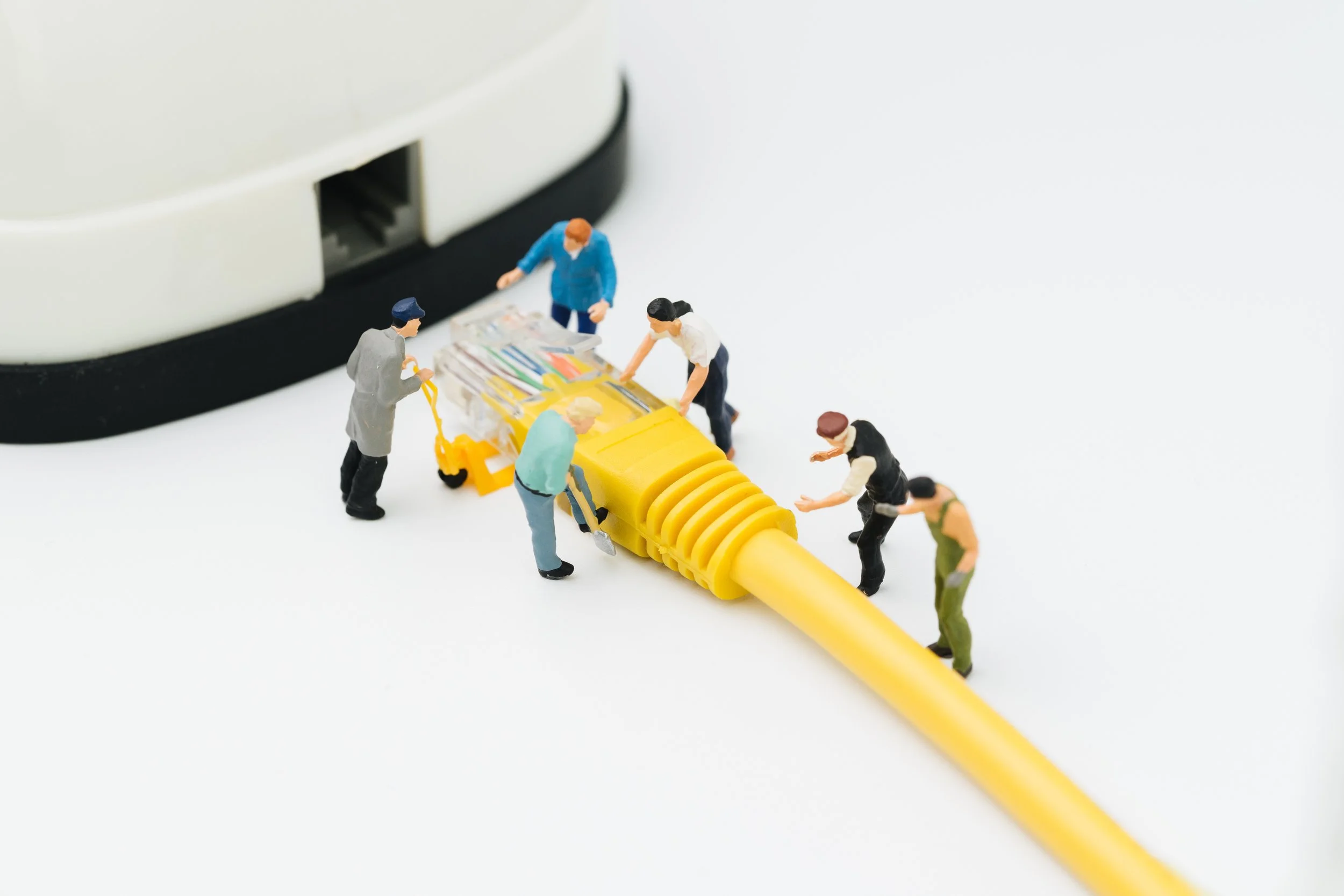Technology evolves rapidly. Your business's cabling infrastructure must match your needs. Choosing the best choice for your company may save time and money. Infrastructure normally lasts ten (10) years, and cabling may typically support three (3) generations of active electronic equipment.
Read MoreWe’ve all seen it whether at home or in a business setting, messy cables. More so for businesses than residential, the importance of cable management is major. From a small IT closet to a large data center, proper cable management is a win for everybody.
Read MoreWhat happens if your cabling isn’t performing at full capacity? Simply put, your network suffers. Up to 50% of all LAN (Local Area Network) failures come from cabling issues. Most times the cable itself is not the problem, but how the cabling was installed and how the terminations were made.
Read MoreStructured cabling and low voltage cabling are both words that are used interchangeably in the cable management industry. Data has to be transmitted somehow and cables are the way to do it. Structured cabling supports voice, video, and other management systems like security, access control, and even power. We will discuss the importance of structured cabling and offer insight into how it is installed.
Read MoreHigh performance data networks have become commonplace in today’s world, and have created a demand for appropriate cabling that can transmit faster speeds over longer distances….
Read MoreUnder the floor low voltage cabling reduces unsightly cables, but can have a higher total cost of ownership than overhead cabling. If you have the option of overhead or under the floor cabling for your low voltage cable, overhead cabling can offer as much as 24% energy savings over under-floor cabling give you more aesthetic leeway over flooring choices.
Read MoreLow Voltage Cabling, also known as “structured wiring” refers to the wiring and cabling infrastructure within your business that supports various technologies, such as your alarm, camera and access control systems. Cabling can sound complicated with multiple types, such as copper and fiber optic cabling, available. There are many options that your low voltage contractor will consider when deciding which materials to use for your low voltage installation.
Read Moreiber optic cables use light to transmit data - allowing them to carry signals at speeds fast than Cat5, Cat6, or copper cables (and with less signal degradation!) In fact, fiber carries signals at speeds only apx 30% slower than the speed of light.
Read More







